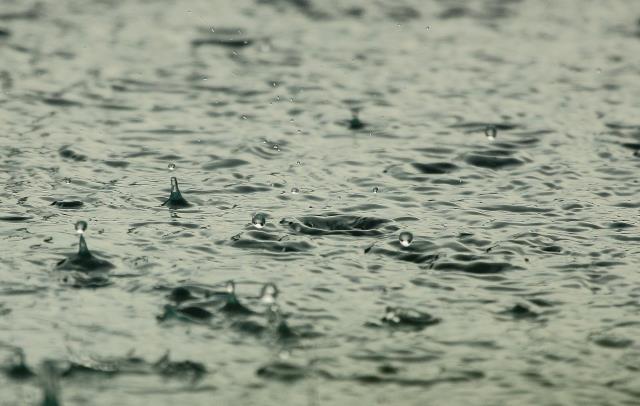The Bureau of Meteorology released its official record of Australia’s climate, water, and notable weather events for 2024, revealing that rainfall was below average in Victoria.
The Annual Climate Statement 2024 outlines the climate conditions across Australia in 2024 and includes information on temperature, rainfall, water resources, oceans, atmosphere and notable weather events.
The report confirms that 2024 was Australia’s second-warmest and eighth-wettest year on record.
Victoria overall had 529 millimetres of rainfall in 2024, which is 20% below average.
Rainfall was below average to very much below average for most of the state, and the annual average temperature for Victoria was 1.08 degrees Celsius warmer than the long-term average, making 2024 Victoria’s equal fifth-warmest year on record.
Climatology specialist Nadine D’Argent said that it was warmer than average throughout the year across most of the country.
“Nationally, spring was the warmest on record, winter was the second warmest on record and summer 2023–24 was the third warmest on record,” Ms D’Argent said.
“It was the wettest year since 2011, with overall rainfall 28% above average,” she said.
“While much of northern Australia and some inland areas had above average rainfall, it was much drier than usual in Victoria, parts of South Australia and some parts of the west.”
These dry conditions and low inflows led to reduced water storage levels in some southern regions, including the Murray-Darling Basin.
However, Australia’s total surface water storage volume was just under 73% at the end of 2024, which was similar to the end of the previous year.
According to the Bureau of Meteorology, globally, 2024 was the warmest year on record and the warming in Australia is consistent with global trends.







